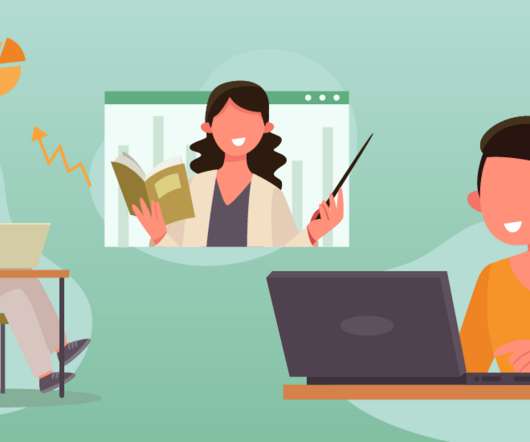How does an intelligent learning platform help teachers create a truly personalized learning environment?
Neo LMS
AUGUST 23, 2022
Using edtech to personalize education for students is already something that many educators do by incorporating technology in teaching activities , such as: Learning management systems (LMSs). Online games and assessments. What are the benefits of creating a personalized learning environment? E-books, studies, and essays.















Let's personalize your content